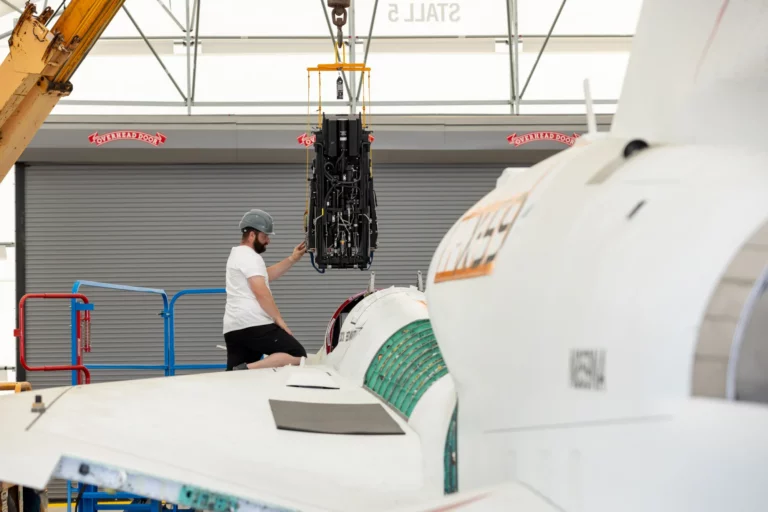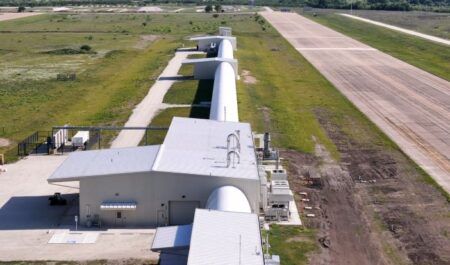The team preparing NASA’s X-59 continues through testing in preparation for the quiet supersonic aircraft to make its first flight. This includes a trio of important structural tests and critical inspections on the path to flight.
The X-59 is an experimental plane that will fly faster than the speed of sound without a loud sonic boom.
It will be the first of its kind to fly, with the goal of gathering sound data for NASA’s Quesst mission, which could open the door to commercial supersonic overland flight in the future.
Because of its unique design, the X-59’s engineering team must do all it can to predict every aspect of it before it ever takes off, including how its fuselage, wings, and the control surfaces will behave together in flight. That means testing on the ground to give the team the data it needs to validate the models they’ve developed.
“You do these tests, you get the data, and things compare well in some areas and in other areas you want to improve them,” Silva said. “So, you figure that all out and then you work towards making it better.”
With structural tests and ejection seat installation complete, the aircraft will advance toward a new milestone, starting up its engines for a series of test runs on the ground.
Also ahead for the X-59 is testing the airplane’s avionics and extensive wiring for potential electromagnetic interference, imitating flight conditions in a ground test environment, and finally, completing taxi tests to validate ground mobility before first flight.
“First flights are always very intense,” said Natalie Spivey, aerospace engineer at NASA’s Armstrong Flight Research Center in Edwards, California. “There’s lots of anticipation, but we’re ready to get there and see how the aircraft responds in the air. It’ll be very exciting.”





